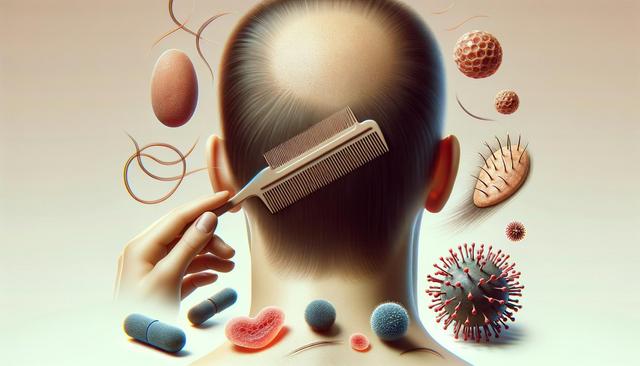Understanding the Basics of Teeth Whitening
Teeth whitening is a cosmetic dental procedure aimed at removing stains and discoloration from the surface of teeth. It’s a popular choice for individuals who want to improve the appearance of their smile and boost self-confidence. Stains can be caused by a range of factors, including aging, consumption of coffee, tea, or red wine, smoking, and poor oral hygiene. Understanding the root causes of tooth discoloration can help you choose a suitable whitening method that delivers noticeable results. Whitening approaches can be broadly categorized into in-office treatments, at-home professional solutions, and over-the-counter products. Each method varies in terms of strength, duration, and cost, but all aim to break down stains and lighten the teeth’s appearance.
When deciding on a whitening method, it’s important to consider the type of discoloration you’re dealing with. Surface stains respond well to most whitening methods, while deeper, intrinsic stains may require more intensive treatment. Consulting with a dental professional can help determine the most effective approach for your individual needs and ensure that the method chosen is safe for your enamel and gums.
In-Office Whitening Treatments
In-office whitening is one of the most effective and fast-acting methods available. Administered by dental professionals, these treatments typically use high-concentration bleaching agents such as hydrogen peroxide or carbamide peroxide, often activated by a special light or laser. The entire process usually takes about an hour and delivers immediate results, making it a popular choice for individuals looking for a quick transformation.
Benefits of in-office treatments include:
- Supervised application by trained professionals
- Higher concentration of whitening agents for stronger results
- Minimal risk of gum irritation or enamel damage
- Immediate improvement in tooth color
While effective, in-office whitening is often more costly than other methods. However, for those seeking fast, dramatic results, the investment can be worthwhile. It’s also ideal for individuals with sensitive teeth or dental restorations, as the procedure can be tailored to minimize discomfort and protect existing dental work.
At-Home Professional Whitening Kits
At-home professional whitening kits are another reliable option, offering a balance between convenience and effectiveness. These kits are typically provided by a dentist and include custom-fitted trays and whitening gel with a lower concentration of bleaching agents compared to in-office treatments. The custom trays ensure even application of the gel and reduce the risk of irritation to gums and soft tissues.
Advantages of at-home professional kits include:
- Custom fit for increased comfort and effectiveness
- Gradual whitening over a period of one to two weeks
- Lower cost compared to in-office procedures
- Flexibility to use at your own pace and schedule
These kits are particularly useful for individuals who prefer a more gradual improvement or who want to maintain the results of a previous in-office whitening session. Regular use as directed can achieve significant whitening results, especially when combined with good oral hygiene practices.
Over-the-Counter Whitening Products
For those seeking a budget-friendly option, over-the-counter (OTC) whitening products offer a variety of solutions. These include whitening strips, gels, toothpaste, and mouth rinses. While generally less potent than professional treatments, OTC products can still provide noticeable improvements when used consistently over time. They are widely available and easy to use, making them a popular first step for individuals new to teeth whitening.
Common types of OTC whitening products:
- Whitening strips: Flexible plastic strips coated with a peroxide-based gel
- Whitening toothpaste: Contains mild abrasives and chemical agents that remove surface stains
- Whitening rinses: Peroxide-based liquids used like mouthwash
It’s important to manage expectations with OTC products, as results may take longer and be less dramatic than those achieved through professional treatments. Additionally, some users may experience tooth sensitivity or gum irritation if products are not used as directed. Reading product instructions carefully and consulting with a dentist before starting any whitening regimen is recommended.
Natural Whitening Methods and Maintenance Tips
In addition to commercial treatments, some people explore natural teeth whitening methods. While these approaches may not be as powerful or fast-acting as professional options, they can offer a gentle, chemical-free alternative for maintaining a bright smile. Common home remedies include brushing with baking soda, oil pulling with coconut oil, and eating crunchy fruits and vegetables that naturally scrub teeth surfaces.
Tips to maintain a bright smile:
- Avoid foods and drinks that stain teeth, such as coffee, red wine, and soda
- Brush and floss regularly to remove plaque and prevent discoloration
- Use a straw when drinking colored beverages to minimize contact with teeth
- Rinse your mouth with water after meals to reduce staining
While natural methods can help with maintenance, they should not replace proven whitening treatments, especially for individuals with significant discoloration. It’s also important to note that some natural remedies, if used excessively, may damage enamel. Always consult with a dental professional before starting any new whitening practice.
Conclusion: Choosing the Right Whitening Approach for You
Teeth whitening offers a variety of methods to suit different needs, preferences, and budgets. Whether you opt for in-office treatments, professional at-home kits, or over-the-counter solutions, the key is to choose an approach that aligns with your dental health and lifestyle. Understanding the differences in cost, effectiveness, and application of each method can help you make an informed decision. For those with sensitive teeth or specific oral health conditions, consulting with a dentist is essential to ensure safety and optimal results. Maintaining a consistent oral hygiene routine and limiting stain-causing habits will also help prolong the effects of any whitening treatment. With the right strategy, you can achieve a brighter, more confident smile in a safe and sustainable way.


